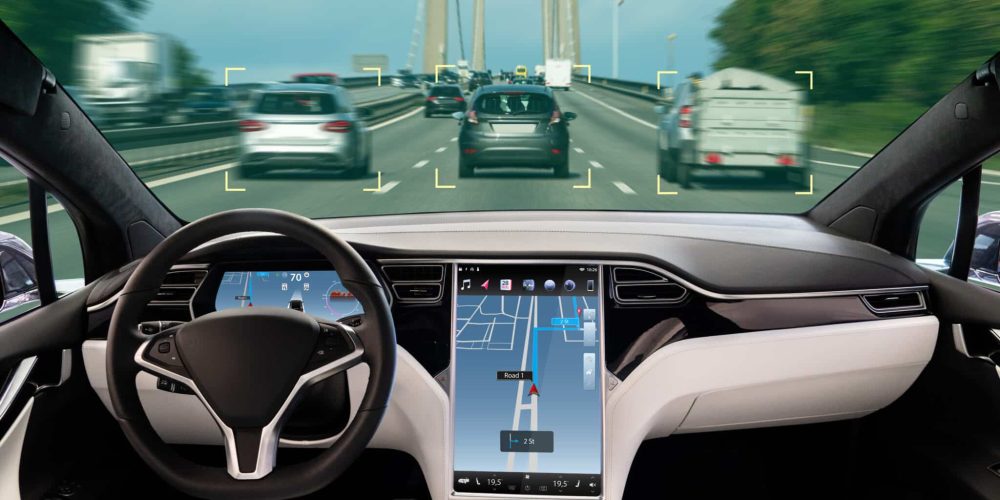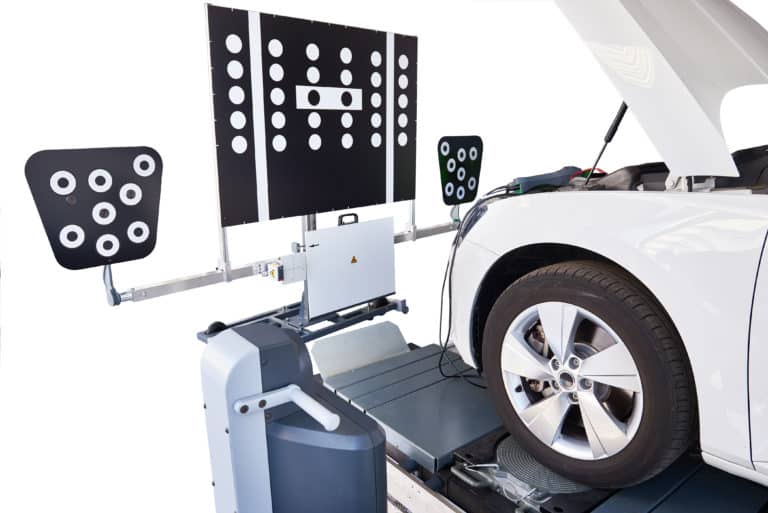Over the past few years, the automotive industry has witnessed a rapid evolution in self-driving technology, moving closer to the vision of a future where vehicles can navigate our roads with minimal human intervention. Among the various levels of driving automation defined by the Society of Automotive Engineers (SAE), Level 3 represents a pivotal milestone in this journey. In this article, we will delve into the fascinating realm of SAE Autonomous Level 3, exploring its significance, capabilities, and the challenges it poses. As one of the most hotly debated topics in the field of autonomous vehicles, Level 3 automation bridges the gap between partial automation and full autonomy, promising an unprecedented level of convenience and safety.
Level 3 – Self Driving
The Society of Automotive Engineers (SAE) has categorized autonomous driving into six levels, ranging from Level 0 (no automation) to Level 5 (full automation). At SAE Level 3, we find a transition point that marks a significant departure from lower levels. While Levels 0 to 2 involve various levels of driver assistance, Level 3 autonomous vehicles represent conditional automation. Level 3 self-driving vehicles can manage certain tasks and scenarios without human intervention but still require a human driver to take over when prompted or when the system encounters a scenario it cannot handle.
Advantages and Benefits of SAE Level 3 Automation
- Reduced Driver Fatigue: Long commutes or traffic jams can be tiring for drivers. With Level 3 self driving automation, the vehicle takes over the driving duties in specific scenarios, allowing drivers to rest or focus on other activities during these periods, thus reducing driver fatigue.
- Enhanced Safety: SAE Level 3 automation introduces advanced sensor systems, algorithms, and real-time data processing, which help to minimize human errors and reduce the likelihood of accidents caused by distractions, drowsiness, or slow reaction times. Level 3 automation becoming more prevalent could lead to a significant reduction in accidents and fatalities on the road.
- Accessibility and Mobility: Self-driving technology can greatly improve accessibility for people with disabilities, the elderly, and those who are unable to drive due to various reasons. This empowerment allows them to regain independence and access to transportation.
- Improved Driving Experience: One of the primary advantages of these advancements is convenience. Many of the features found in level 3 autonomous vehicles can manage most aspects of driving without human intervention. This allows drivers to shift their focus to other tasks for small periods of time, which would be dangerous in a less autonomous vehicle.
What Does Level 3 Automation Mean for the Automotive Repair Industry?
As more SAE Level 3 autonomous vehicles hit the road, the repair industry will demand a shift towards more specialized training programs that focus on diagnosing and fixing technology and software-related issues. Repair professionals will need to keep up with evolving technologies and stay updated with the latest repair techniques specific to calibrating Advanced Driver Assistance Systems (ADAS). Level 3 automation heavily relies on sensors, cameras, Lidar, and radar systems. Calibrating these systems correctly is crucial to ensure their accurate functioning, which directly impacts the safe operation of automated features. Calibration processes must be highly precise and in accordance with manufacturer specifications.
Achieving this precision involves calibrating to consistently perceive the vehicle’s environment with accuracy. It also entails developing advanced algorithms that can interpret sensory data in real-time to make informed decisions. Moreover, the calibration process can vary substantially from manufacturer to manufacturer, which makes having expertise that encompasses many different calibration techniques crucial to future success in the automotive repair industry.
Current State of Level 3 Automation Implementation
Level 3 automation has made its debut in a handful of vehicles from various manufacturers. However, a notable limitation currently surrounds the use of this technology. As of now, Level 3 automation is restricted to operation only in California and Nevada, despite the technology’s potential applicability in a broader range of locations. Many experts believe that achieving Level 3 at scale will require not only technological advancements but also regulatory adjustments and infrastructure improvements.
Examples of Level 3 Vehicles
As technology evolves and regulations adapt, we can expect to see a broader deployment of Level 3 autonomous vehicles in various locations. Industry stakeholders, regulators, and policymakers must work collaboratively to create a unified framework that supports innovation while prioritizing safety and uniformity. Several automotive manufacturers have taken the plunge into Level 3 automation, demonstrating their commitment to innovation.
Mercedes-Benz S-Class: The S-Class’s Level 3 capabilities include autonomous highway cruising and lane-keeping, allowing drivers to engage in other activities while the vehicle handles the task at hand. To ensure a seamless transition between automated and manual driving, Mercedes-Benz has meticulously calibrated its sensors and algorithms, prioritizing user safety and experience.
Honda Legend: The Legend’s capabilities include hands-free driving in specific scenarios, such as congested highway traffic. Leveraging a comprehensive suite of sensors, including lidar, radar, and cameras, the Legend actively monitors its surroundings to ensure safe and precise navigation.
Volkswagen ID: The Volkswagen ID. BUZZ provides drivers with the ability to hand over control during certain highway driving scenarios. Leveraging a combination of sensors, software, and connectivity, the vehicle can autonomously navigate through traffic and maintain safe distances from surrounding vehicles.
Importance of Level 3 Autonomous Driving in the Self Driving Automation Evolution
Level 3 self driving automations represent an important phase in the evolution of autonomous driving. It offers a stepping stone toward the goal of full autonomy while acknowledging the limitations of current technology. It allows for a gradual transition where drivers can still be engaged in the driving process but can also delegate certain tasks to the vehicle. This balanced approach can pave the way for wider acceptance of autonomous vehicles and smoother integration into existing traffic systems.
Ensuring a Safe and Ethical Transition to Level 3 Automation
SAE Level 3 represents a monumental step forward in the world of driving automation. This sophisticated technology promises to redefine our transportation experience, offering a balance between human involvement and autonomous capabilities. As we’ve explored, Level 3 self driving automations provide a seamless driving experience under certain conditions, granting drivers the freedom to relinquish control while remaining engaged and vigilant behind the wheel.
As we approach wider implementation of Level 3 automation, safety and ethics remain paramount. Addressing potential risks and challenges associated with handoffs, system limitations, and unexpected scenarios is essential. Manufacturers, regulators, and policymakers must collaborate to establish clear guidelines, industry standards, and robust testing procedures. Transparency about system capabilities and limitations is crucial to prevent overreliance on automation and maintain driver awareness.
Conclusion
Acknowledging the challenges and limitations that come with Level 3 automation is vital. Ensuring driver safety and the seamless functioning of these systems on the road heavily depends on proper calibration. Is your business ready to offer repair solutions for Level 3 autonomous vehicles? As experts in the ADAS industry, we are here to assist. Car ADAS Solutions has aided numerous businesses in implementing and managing ADAS calibration, both through on-site and standalone calibration centers. Discover the comprehensive offerings of our turnkey solutions today.







